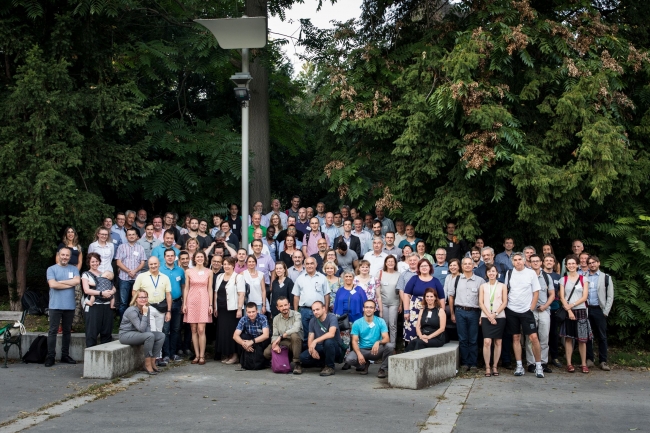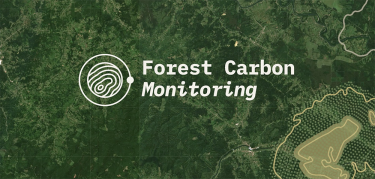Non-Native Tree Species for European Forests in a changing world: Opportunities and risks
More than 140 persons from all over Europe, Israel, Jordan and New Zealand attended this international conference from 12 to 14 September 2018 in Vienna, Austria. The conference, hosted by the University of Natural Resources and Life Sciences (BOKU), Vienna, was organised as the final event of four-year COST Action FP1403 (NNEXT) Non-native tree species for European forests – experiences, risks and opportunities. Participants from 34 countries discussed regional and European scale aspects of non-native tree species (Distribution; Provenances; Reproduction; Management; Growth potential; Ecosystem services; Biotic and abiotic threats; Market potential and Public perception).
Despite having been around for two hundred years and sometimes even much longer, non-native tree species are still rare on European scale. About 4% of the European forest area is covered with non-natives, and of the >150 non-natives being grown in European forests, less than ten species or species groups constitute 97% of the area covered with non-natives. Originally having been predominantly used for afforestation on degraded soils and for increasing the production high quality timber, today additional services are in focus, for example maintaining forest functions when native tree species die off because of drought stress or attacks of new pests. The backside of some non-natives receives a lot of attention as well – some species have the ability to spread easily and change ecosystems and the species communities. The majority of species, however, can be controlled with classical forest management practices; many of these new tree species are therefore suited to diversify the forest species pool - a crucial measure facing global change. Results show also, that given the selection of the right provenance, non-natives on average grow 20-30% faster than comparable native tree species, and breeding has an additional potential to increase production and meet the ever growing resource demand of our societies.
Within this context and in the framework of this project, EFIPLANT worked on monitoring the current regional coverage of different non-native tree species across Europe and providing maps and statistical information including their historical background in Europe.
During a stakeholder panel discussion at the conference, Michele Bozzano from EUFORGEN, Benjamin Caldwell from FAO, András Szepesi from the Hungarian state forests, Alfred Teischinger from the Institute of Wood Technology and Renewable Resources at BOKU and Jana Kus Veenvliet from Symbiosis Institute discussed the major opportunities and risks of non-native forest trees, future pathways to address the challenges and knowledge gaps from the point of view of the supply and demand side, the industry, the state and the nature conservation side.
Conference materials and NNEXT products, reports and publications are available on the project webpage which will be maintained during the coming years.
More information about the project



